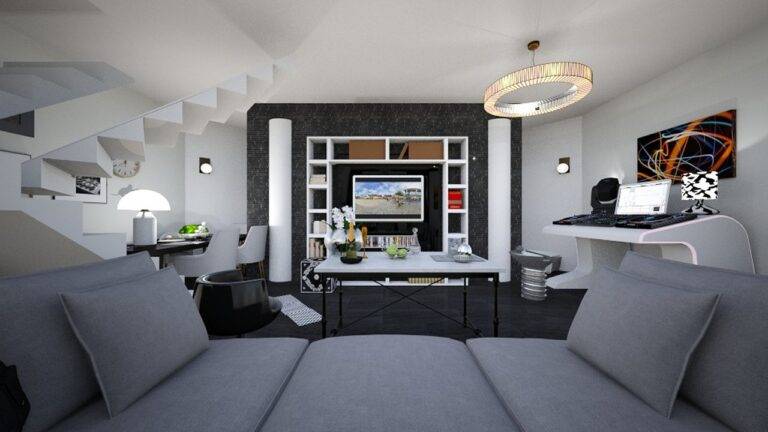The Impact of Ergonomic Design on Home Comfort and Safety
For those who spend long hours seated at a desk, ergonomic furniture can make a significant difference in comfort and productivity. The design of these specialized pieces focuses on providing proper support to reduce strain on the body, particularly the back and neck. By promoting better posture and alignment, ergonomic chairs, desks, and accessories help prevent musculoskeletal issues that can arise from extended periods of sitting.
In addition to physical benefits, investing in ergonomic furniture can also have a positive impact on mental well-being. When individuals are comfortable in their workspace, they are better able to focus on their tasks and maintain concentration throughout the day. By creating an environment that supports good health and productivity, ergonomic furniture can contribute to a more pleasant and efficient work experience.
How Proper Lighting Can Enhance Comfort
Proper lighting is essential in creating a comfortable and inviting environment. When a space is well-lit, it not only enhances visibility but also contributes to a greater sense of well-being. The right lighting can improve mood and productivity, making tasks easier and more enjoyable to complete.
Additionally, good lighting can play a significant role in reducing eye strain and fatigue. Harsh or inadequate lighting can lead to headaches, eye discomfort, and overall discomfort. By adjusting the lighting in a space to be more balanced and tailored to specific tasks, individuals can experience improved comfort and overall satisfaction in their environment.
Why is proper lighting important for enhancing comfort?
Proper lighting can help reduce eye strain, improve visibility, and create a more pleasant and inviting atmosphere, ultimately enhancing overall comfort.
How can poor lighting affect comfort?
Poor lighting can cause eye strain, headaches, and fatigue, leading to discomfort and decreased productivity.
What are some ways to improve lighting in a workspace?
Some ways to improve lighting in a workspace include adjusting the positioning of overhead lights, adding task lighting where needed, and incorporating natural light sources.
How does ergonomic furniture contribute to comfort?
Ergonomic furniture is designed to support proper posture and reduce strain on the body, leading to increased comfort and productivity.
What are some examples of ergonomic furniture?
Examples of ergonomic furniture include adjustable height desks, supportive office chairs, and keyboard trays that promote proper wrist positioning.





